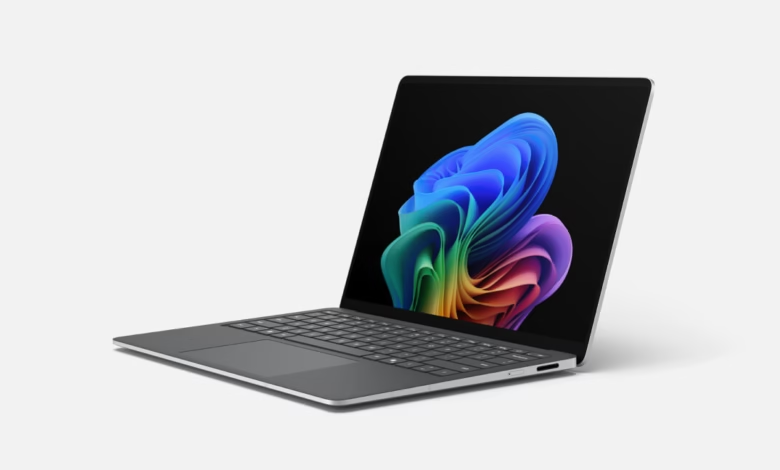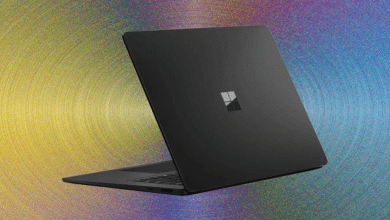Microsoft’s Surface Laptop 5G for Business Keeps Intel in the Game

▼ Summary
– Microsoft is focusing on Arm-based Qualcomm Snapdragon X-series chips for its Surface PCs but still offers Intel or AMD-based x86 options for certain users.
– The new “Surface Laptop 5G” is an Intel-based 13.8-inch model with 5G connectivity, featuring internal redesigns for improved signal strength.
– The laptop uses Intel Core Ultra Series 2 chips (Lunar Lake), which include Intel Arc GPUs and NPUs fast enough for Windows 11’s Copilot+ features.
– This model, like other recent Intel-based Surface PCs, targets businesses needing x86 compatibility due to potential Arm app translation issues.
– Some x86 apps work well under Windows 11’s Prism translation layer, but driver and custom app compatibility may still pose challenges for Arm PCs.
Microsoft continues to cater to business users with its latest Intel-powered Surface Laptop 5G, offering a familiar x86 experience alongside cutting-edge connectivity. While the company has shifted focus toward Arm-based Qualcomm processors for many consumer devices, this new model demonstrates their commitment to professionals who rely on traditional chip architectures.
The 13.8-inch Surface Laptop 5G retains the sleek design of its predecessors but introduces key internal upgrades for seamless cellular performance. Microsoft highlights a redesigned antenna system and a specialized multi-layered laminate, both engineered to enhance 5G signal reliability, a critical feature for mobile professionals.
Under the hood, it packs Intel’s Core Ultra Series 2 processors (codenamed Lunar Lake), the same chips found in Microsoft’s early 2024 releases. These processors deliver solid performance with Intel Arc integrated graphics and dedicated NPUs capable of supporting Windows 11’s Copilot+ AI features.
This device targets businesses and power users who depend on legacy x86 applications, particularly those incompatible with Arm-based systems. Though Microsoft’s Prism emulation layer handles many x86 programs well, specialized software and drivers often struggle, making Intel-based models like this essential for certain workflows.
By offering 5G connectivity without sacrificing x86 compatibility, Microsoft ensures enterprises aren’t forced to choose between mobility and functionality. The Surface Laptop 5G bridges the gap, proving Intel still has a role in Microsoft’s evolving hardware strategy.
(Source: Ars Technica)
